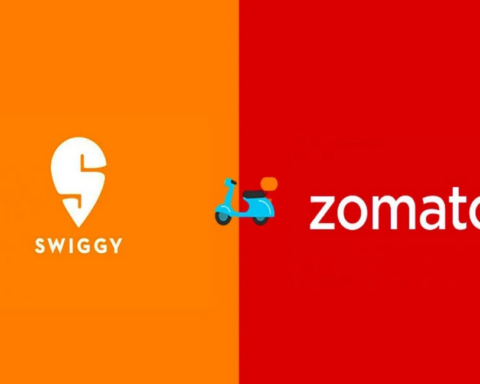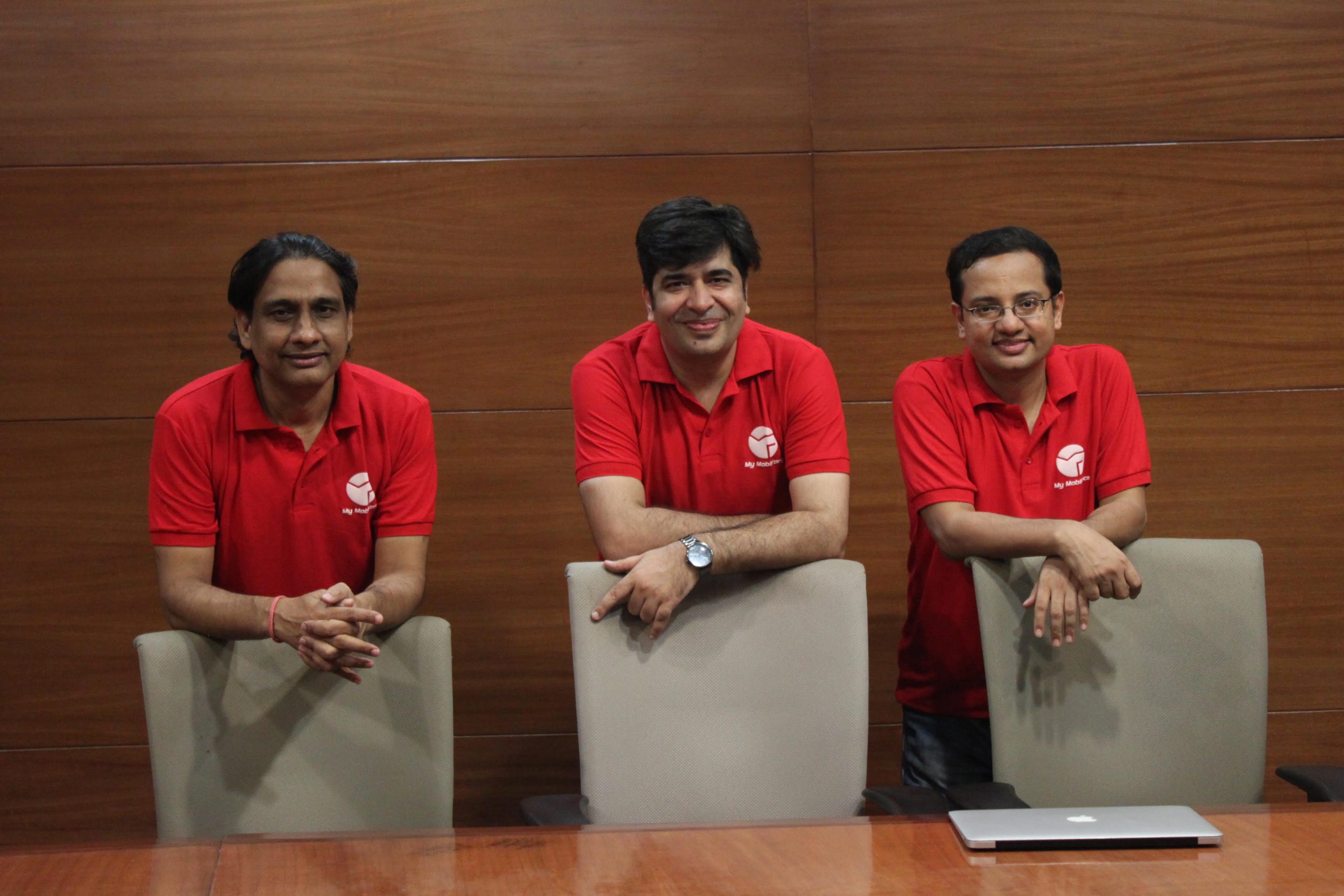[book id=’115′ /]
“GST” Golden SALEs/Service Time in IT Sector
GST is purported to bring in the ‘one nation one tax’ system, but its effect on various industries will be slightly different. There would be multiple statues whereby there could be one for Centre and one for State similar to the present VAT laws which are enacted in each state.
In a vast country like India, the logistics sector forms the backbone of the economy. We can fairly assume that a well organized and mature logistics industry has the potential to leapfrog the “Make in India” initiative of the Government of India to its desired position.
“GST” will turn India into one common market, leading to greater ease of doing business and big saving in logistics costs firm companies across all sectors.
The need for GST arose out of the complexity of the currently existing tax systems. It is an attempt to provide a seamless transfer of goods and services across the nation, replacing the cascading effects of multiple indirect taxes imposed by the Centre and the states and also streamlining compliance issues, mostly for inter-state transactions.
While a lot has been said about GST’s positive impact, its biggest beneficiary will be the Information Technology (IT) sector. The IT industry landscape is likely to experience several new developments after the much awaited roll-out of the GST structure.
The prevailing service tax rate on IT services is 15%. However, the recommended revenue neutral rate is at 15–15.5% and the standard rate is expected to be around 17–18%. Therefore, the cost of IT services will elevate, especially for end customers who do not usually claim the tax input credit.
Under our current tax structure, the sale of packaged software is entitled to both VAT (approximately 5.5%) and service tax (15%). The VAT on sales is directed to the state government whereas the service tax on service follows the central government. There are also cases where along with the VAT and service tax, excise duty is also applied due to lack of clarity from the government. However, it is expected that once the GST is implemented, the current average tax rate of around 25–35% shall come down to around 18–25%.
There are Four-slab GST structure: The new regime will have a four-slab structure of 5%, 12%, 18% and 28%. There will be no tax on several items including rice, wheat and other essential items, which constitutes 50% of CPI inflation basket. The lowest tax rate of 5% is proposed for items of mass consumption used by common people such as spices, tea and mustard oil. There will be two “standard” rates of 12% and 18% covering most manufactured items and services.The highest tax rate of 28% will be imposed on items like luxury cars, pan masala, tobacco and aerated drinks. These items are currently attracting a tax of 27-31%.
The Centre and states will both assess taxpayers having a turnover of over Rs 1.5 crore in turnover annually. States will the power to assess taxpayers below Rs 1.5 crore in turnover. At present, 90% of taxpayers have turnover below Rs 1.5 crore annually and they will be assessed by states.
GST Benefits for IT Businesses and Industries : Reduce hassle and expense, One GST rate and one mechanism ,No overlapping of taxes, GST improves competitiveness, Cascading Effect of Taxes.
IT units in special economic zones (SEZs) will lose some inherent advantages because there is no provision for upfront tax exemptions in the GST bill but “GST” could also generate business for large and small IT companies as organisations across the country reconfigure their IT systems to adhere to the new tax regime.
Till now the accounting software were restricted to just the Chartered Accountants, other than them everybody was either manually doing the invoicing or were bound to the traditional ways of invoicing. So, with GST thing everybody has to come down to an invoicing platform. So idea is to make it as simple as possible, yet compliant. So, everybody can use it from a layman and being compliant as well to the GST norms.
For India Inc, GST will ensure easier compliance through the GST Network (GSTN) platform. A seamless tax-credit system throughout the value chain and across states will ensure that there is minimal cascading of taxes. This would reduce hidden costs of doing business.









